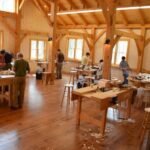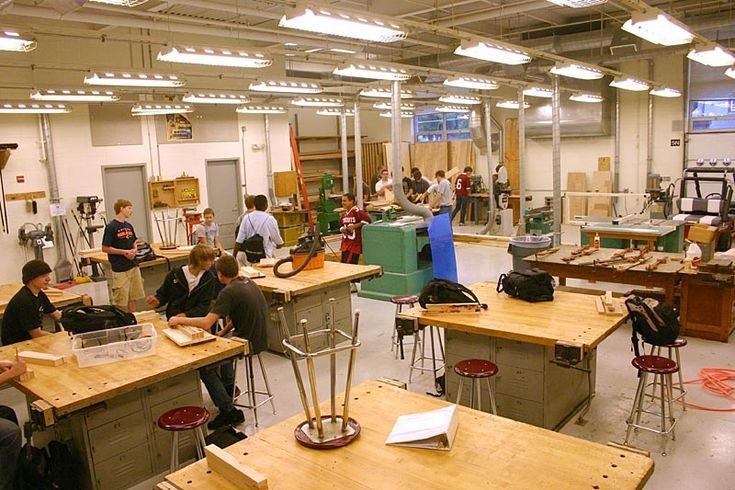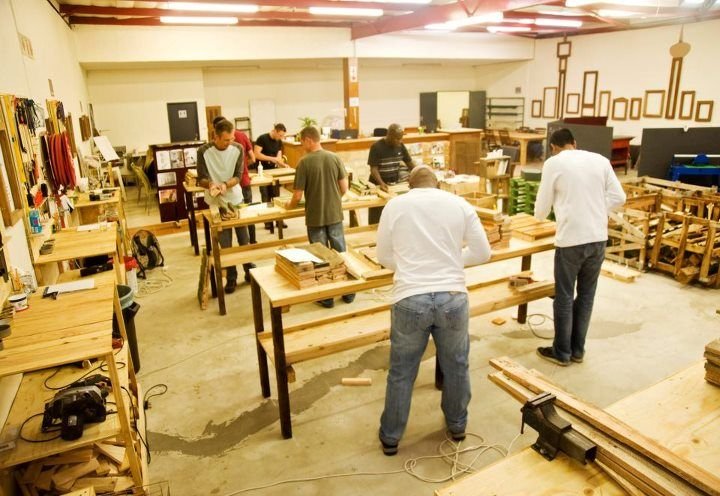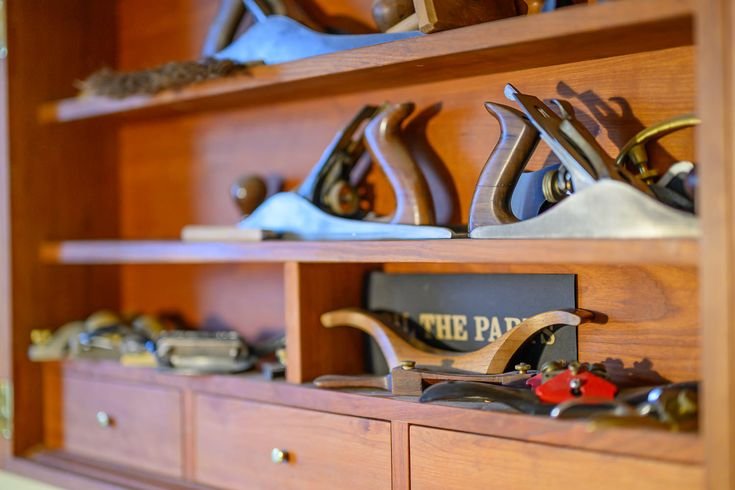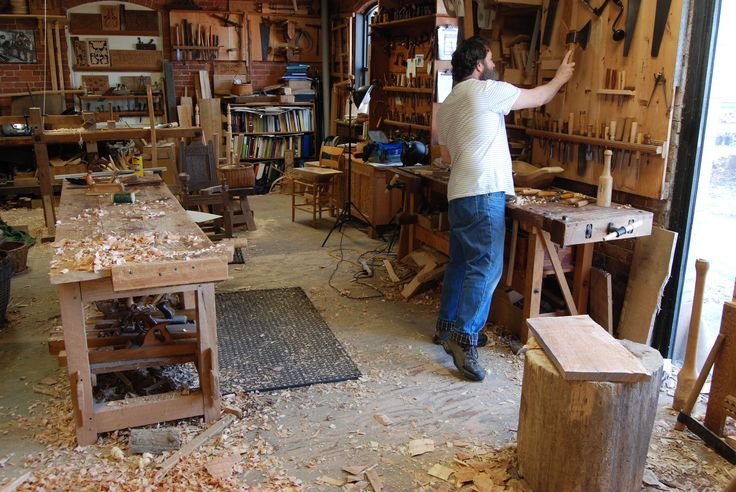The Beauty and Struggle of Woodworking with Acrylic
You know, there’s something comforting about the smell of sawdust mixed with fresh coffee, especially on a Saturday morning. I remember waking up early one sunny weekend, the birds chirping outside my window, and I had this wild notion to tackle a project I’d been dreaming about for weeks — a coffee table made with hardwood and an acrylic top. Sounds fancy, right? But let me tell you, it didn’t go quite as I envisioned.
So, I head out to my garage, tools scattered and a bit rusty, like my own motivation sometimes. I’m armed with a good ol’ circular saw, a router I probably shouldn’t have bought at a yard sale, and a bucket of ambition too big for my skill set. I had picked up a nice piece of walnut from the local lumber yard down the road. Ah, the smell of that walnut! It’s rich and warm, like a cozy blanket. It looked beautiful—dark and dense—with those gorgeous grain patterns just waiting for my touch.
I figured I’d get the wood cut to size and then work on a suburban masterpiece— or at least, that was my ambition. But oh, did I underestimate the acrylic part. I’d decided to use a quarter-inch thick sheet of clear acrylic on top, thinking it would give a sleek finish. In my mind, I imagined the sunlight shooting through it and reflecting off my walnut masterpiece, and it would be a real showstopper.
Now, cutting acrylic sounds easy, right? I mean, you just score it and snap it? Well, I let that thought linger a little too long. I’m out in the garage, thinking I’ve got this whole “scoring” thing down. I remember cranking some tunes, feeling all artsy, and I scored that acrylic like a pro. Or so I thought. The moment I went to snap it, it shattered like a glass vase dropped off a table. I just stood there, staring at the pieces, like a child who’d just broken their favorite toy.
Let me tell you, I almost gave up. My heart sank. I mean, that sheet wasn’t exactly cheap. The thought of going back to the store, facing that bright fluorescent light, and showing my defeat just about made me wanna crawl under my workbench. Not to mention, I had visions of my wife shaking her head, probably thinking, “There goes another faux Pinterest project.”
After a day of sulking and trying to salvage the situation, I decided I had to give it another shot. This time, I researched a bit (can you believe it?) and learned that, instead of snapping it, I should be using a proper acrylic cutting tool. Hit the hardware store again—this time, I took the beaten but not broken spirit with me. The folks there were super helpful, and I picked up this scoring tool, along with an extra sheet of acrylic. This one wasn’t going to beat me.
When I finally got back to it, I could feel that first wave of nervousness. I took a deep breath, cranked up some Johnny Cash for inspiration (yes, it helps!), and got to work. This time, I scored carefully, holding the tool firmly halfway down the sheet, and then, with a steady hand, I snapped it off like it was butter. I laughed out loud—there’s something ridiculously satisfying about getting it right after a wrong turn.
Next came the assembly. And, oh boy, the sound of that router in action—it’s far more satisfying than it has a right to be. I had an antique router, a little temperamental but still kicking. As it chewed through the edge of the walnut, you could hear that smooth whirl, and I swear it felt like the wood was singing under my hands. Just moments like that remind me why I’m in this game.
I was excited. Almost too excited as I pulled everything together, using some of that clear epoxy for the final touches. Have you ever had that moment where you’re just praying things don’t go sideways? I brushed the epoxy on, and as it spread out, the combination of the walnut’s dark layers with the clarity of the acrylic started to come together. I peeked through the acrylic, and I could see the grains of that wood in a way I hadn’t imagined before. It was beautiful.
But, here’s where things flipped again. After it dried, I noticed a—well, let’s just say, a not-so-cute crack along one edge of the acrylic. My heart dropped. I thought, “Seriously? After all that?” I sat there for a moment, wrestling with the idea of just tossing the whole thing out. But I didn’t; instead, I decided to embrace it, make a feature out of that imperfection. I painted a small wooden bead, gluing it over the crack, turning it into a unique design element.
And you know what? That little flaw turned out to be a conversation starter. Friends would come over, plop down on the couch, and immediately notice the “quirk” in the table. They’d ask about it, and I’d chuckle and say, “Well, that’s just how the project went!”
At the end of the day, that table turned out to be imperfectly perfect. It’s not just a piece of furniture; it’s a collection of little lessons learned, mistakes accepted, and triumphs celebrated.
So, if you’re ever teetering on the edge of trying something new—whether it’s woodworking or any kind of project—just go for it. You’ll make mistakes, sure. You might want to throw it all away at times. But those moments of doubt are just part of the story. And sometimes, those unexpected turns bring out the most beautiful results. Make that call, dive in, and enjoy the ride. You never know what you might end up making, or who you might become in the process.



